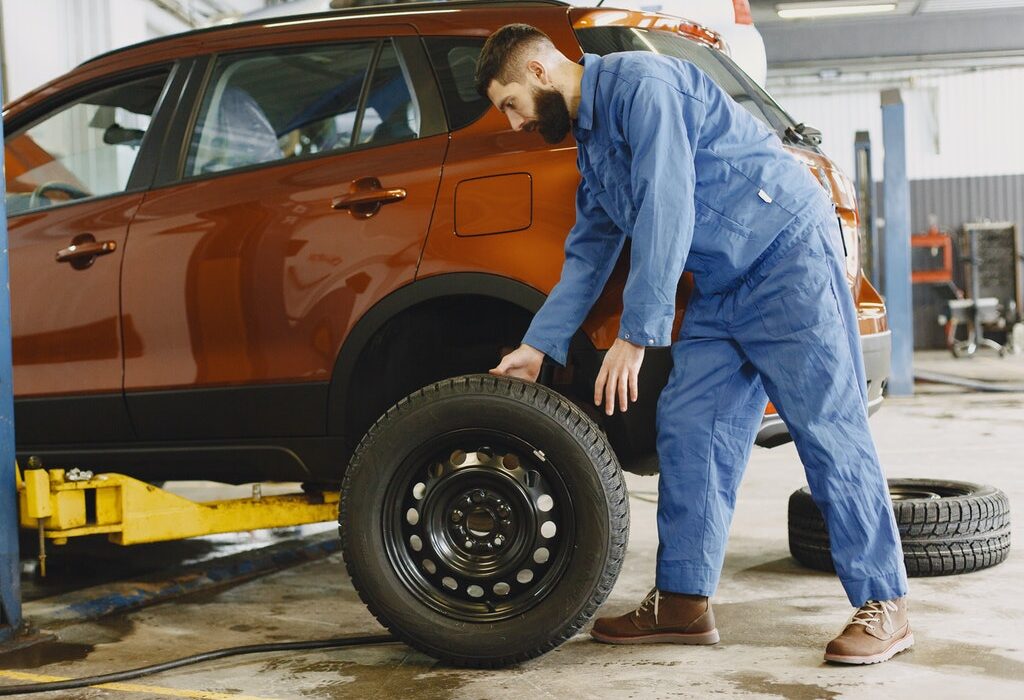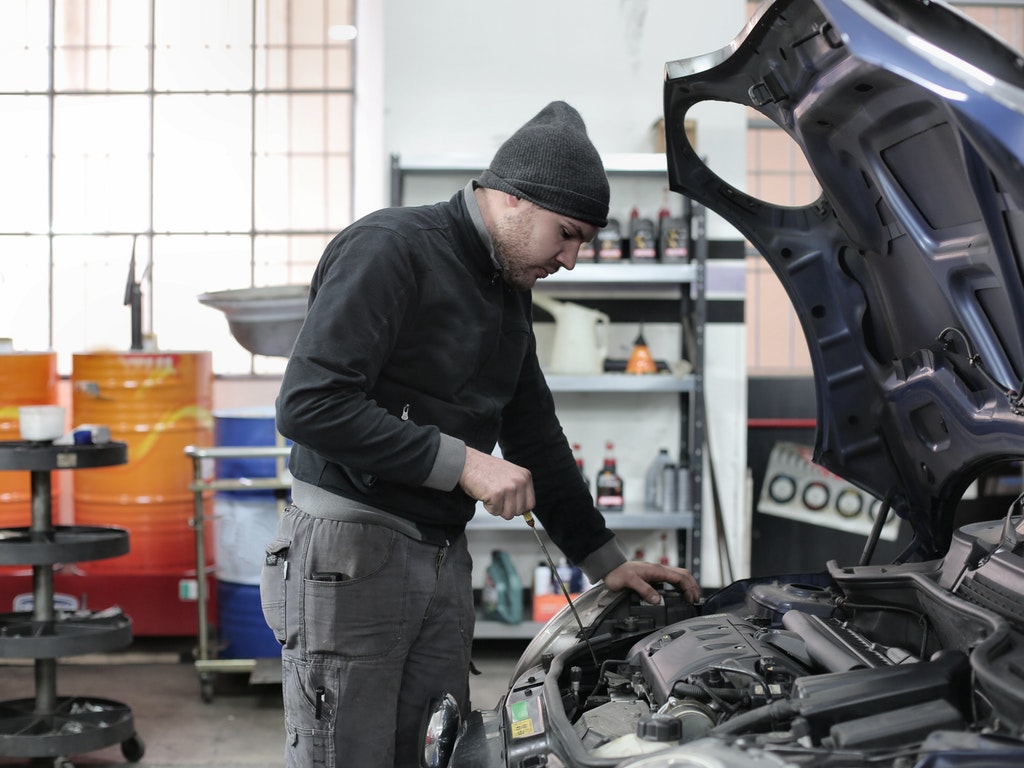Tires are the first line of defense between your vehicle and the road. It’s critical to understand which tire to use in various situations so your ride is safe.
There are six types of tires that are very common and easily available in shops. In some climates, it’s sufficient to only be aware of a few standard varieties. Knowledge of others is for those who purchase specialized vehicles. You’ll need to become familiar with a few additional terms if you’re looking for a performance car or an off-road vehicle.
We’ll review the various types of tires and explain how these rubbery discs keep you on the road.
All-Season Tires
All-season tires offer a good mix of durable life, low noise, and safe traction in most weather conditions at a reasonable cost. Most vehicles are equipped with all-season tires from the factory. They are typically priced based on how many miles they are predicted to last under normal driving conditions.
High-Performance All-Season Tires
Many sports cars come with these tires as standard. Since the rubber is softer than the type used in all-season tires, they have a better grip on the road. However, their lifespan is two-thirds of an all-season tire’s lifespan, and are slightly more expensive. You could improve the performance of your sedan by installing high-performance all-season tires, but you’d have to spend more money upfront and frequently.
High-Performance Summer Tires
High-performance summer tires fall somewhere between an all-season tire and a racing tire. These are faster than all-season tires and are made of softer, stickier rubber. They’re fine in light rain but lose traction in heavy rain and are simply dangerous in cold weather. As a result, most customers only use them on a sports car that’s kept around as a backup vehicle.
Ultra-High-Performance Track Tires
The ultra-high-performance track tires are soft and sticky, allowing an exotic or highly tuned race car to stick to a smooth track even when subjected to g-forces generated by a hard turn at high speed. They can cost up to twice as much as an all-season tire. More importantly, they wear down so quickly that tire manufacturers usually don’t bother putting a mileage rating on them.
Winter Tires
Winter tires have rubber compounds designed to grip well and deeper lug patterns that let them grip in slush. If you live in an area where snow frequently affects your driving, consider purchasing a set of winter tires. However, you should replace them when the weather warms up because the rubber wears quickly in warm weather.
All-Terrain Tires
All-terrain tires commonly found on trucks and SUVs have much deeper lug patterns to maintain grip even in mud. Tire shops typically only stock the larger sizes required for trucks and SUVs. All-terrain tires are noisier than other tires and offer a bumpy, difficult ride on smooth roads. However, they’re your only option if you’re looking to outfit your Ford Raptor, Jeep Wrangler, or other off-road vehicles.
Run-Flat Tires
Run-flats are not a separate tire category but a style you can find in high-performance, all-season, and winter tires. A run-flat tire has an internal support structure that allows it to drive safely for a certain distance after being pierced. They cannot, however, continue to drive after losing air. They are intended to transport you safely to a location where the tire can be repaired or replaced.




